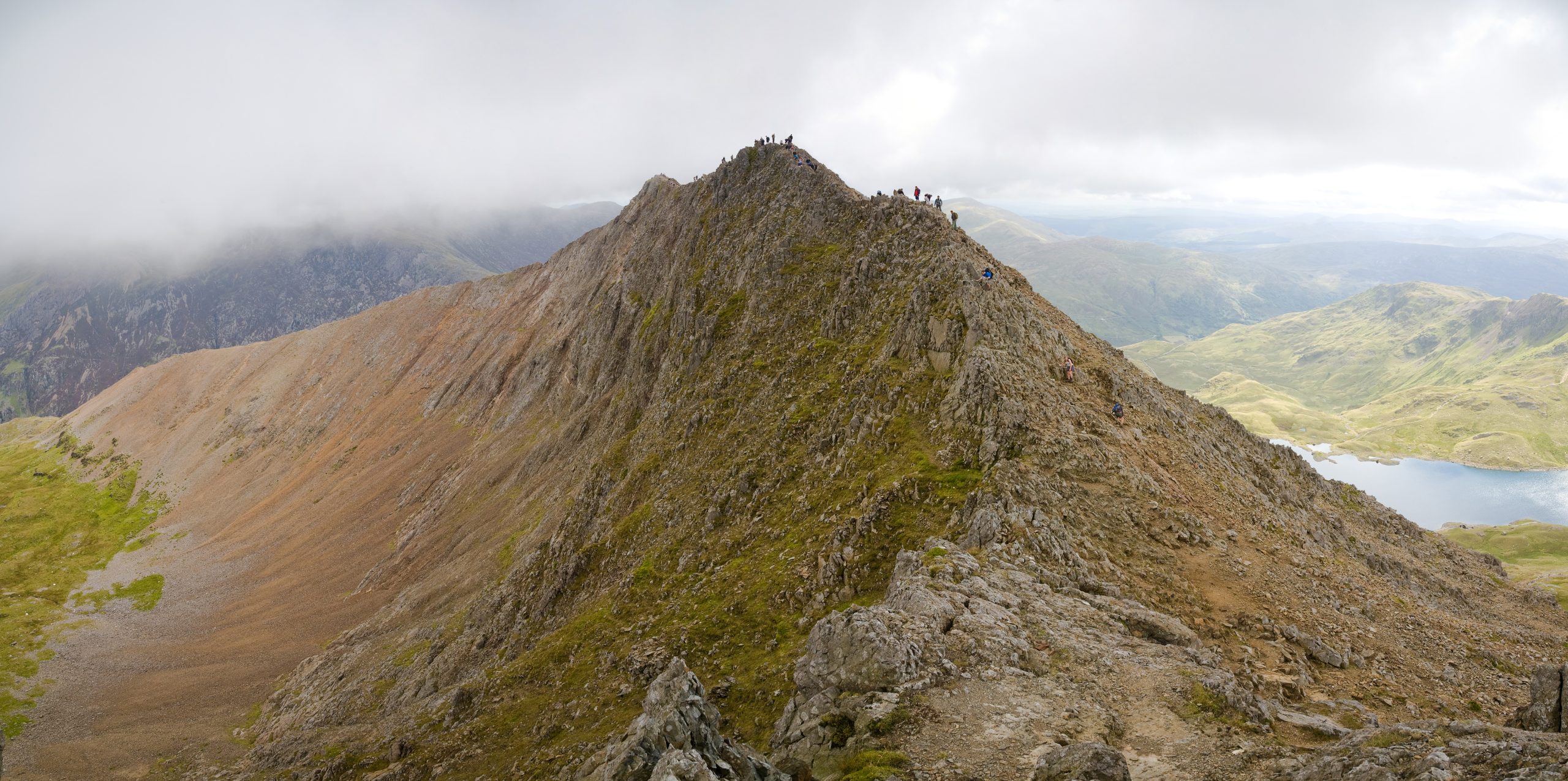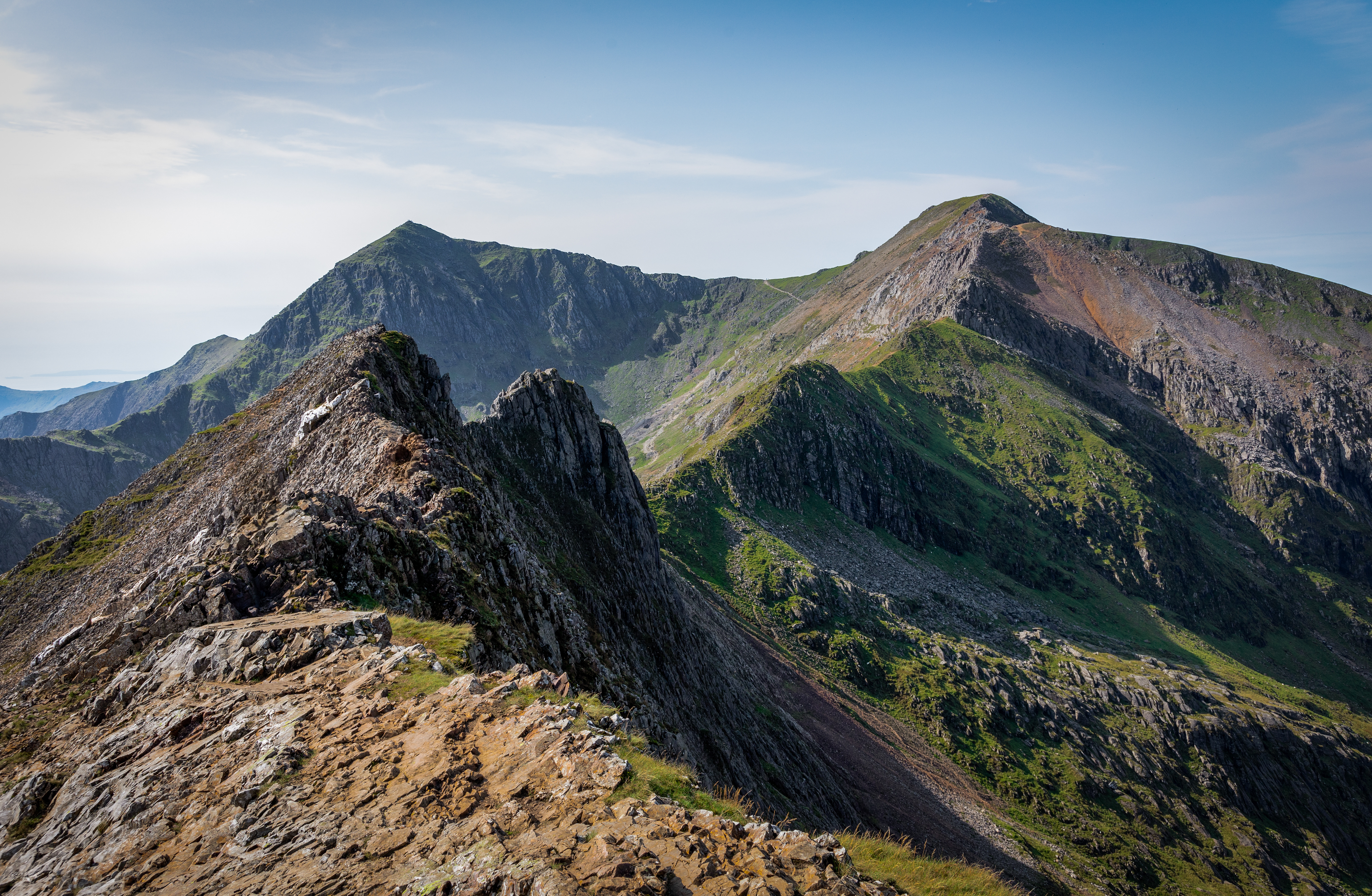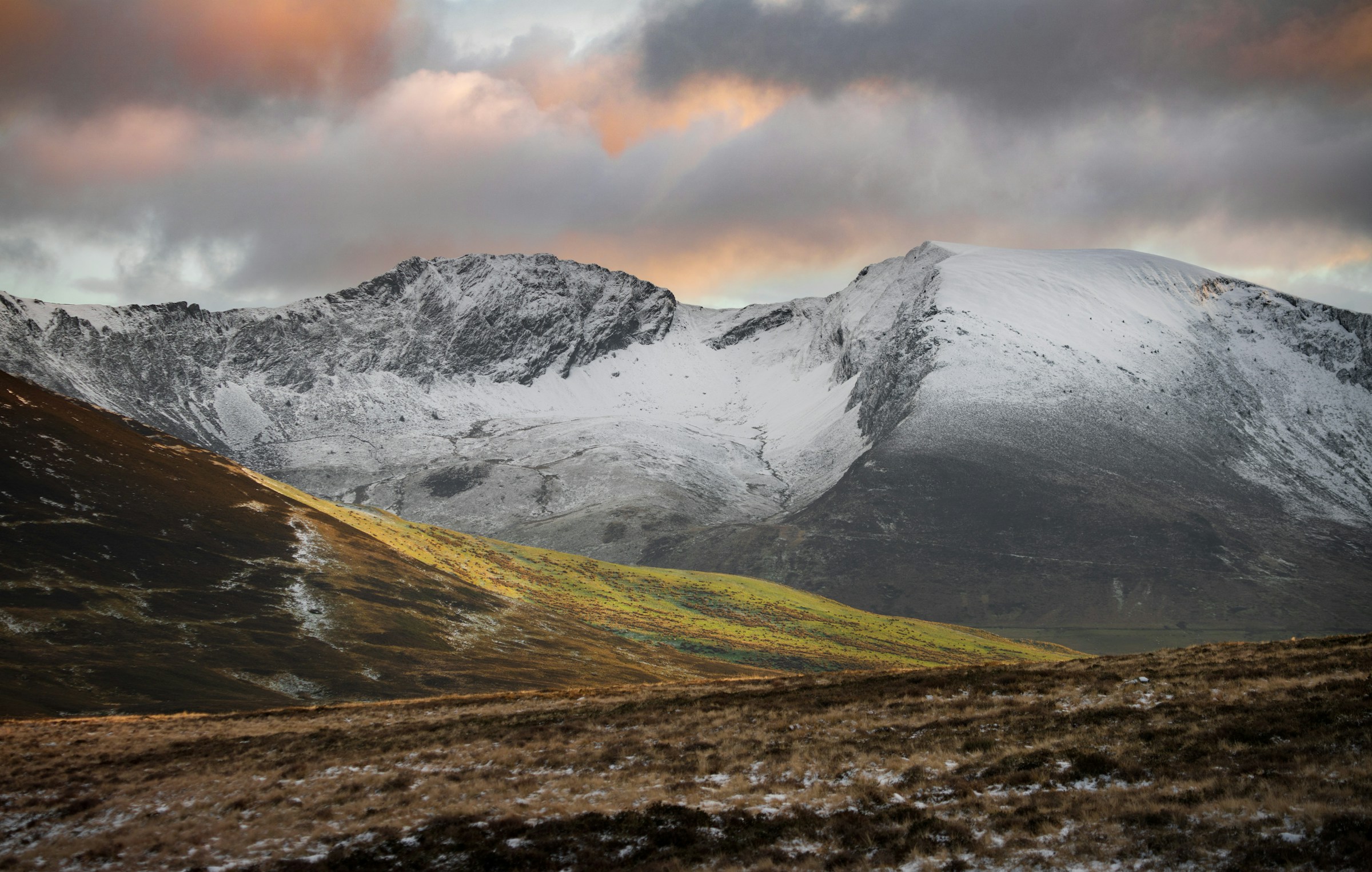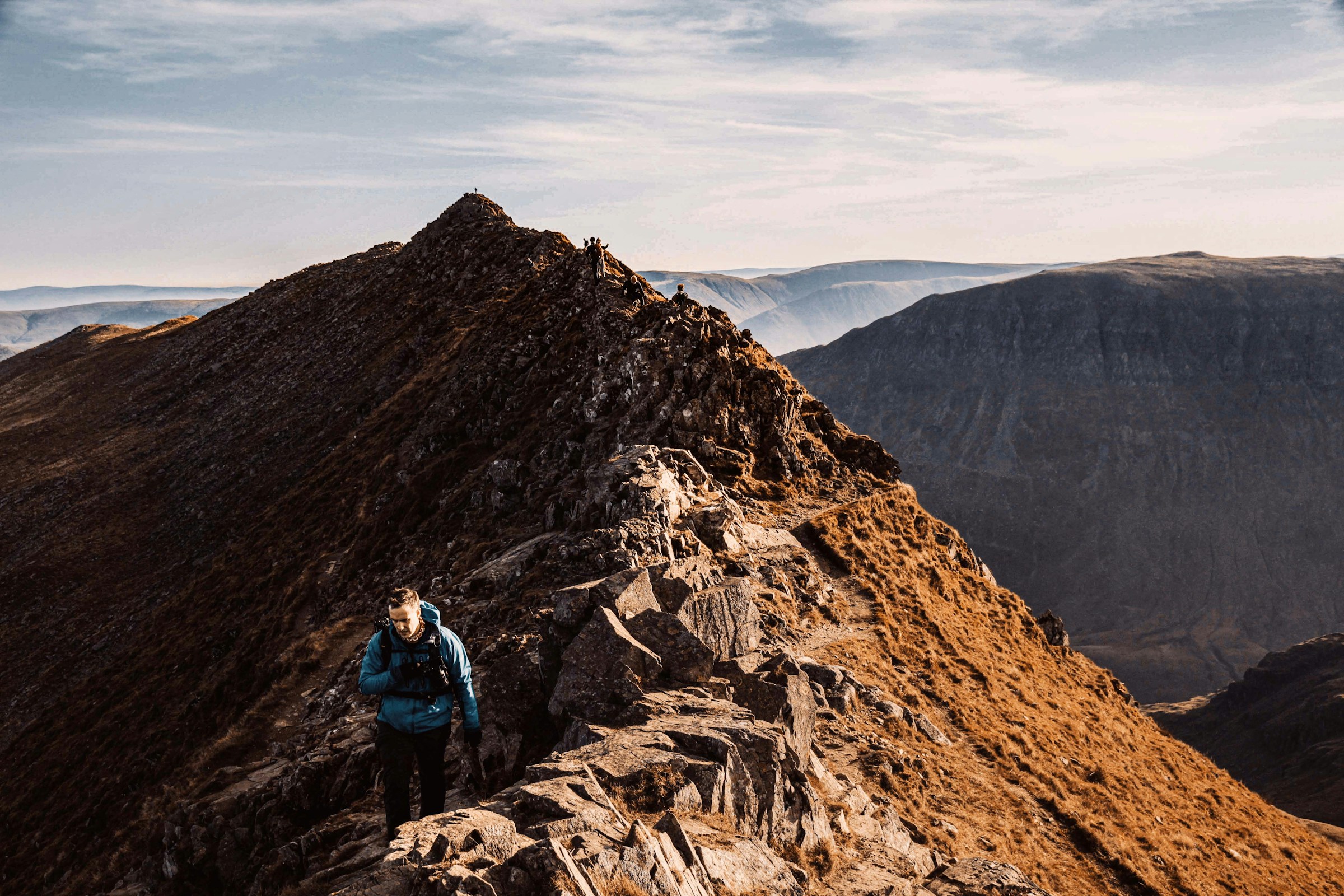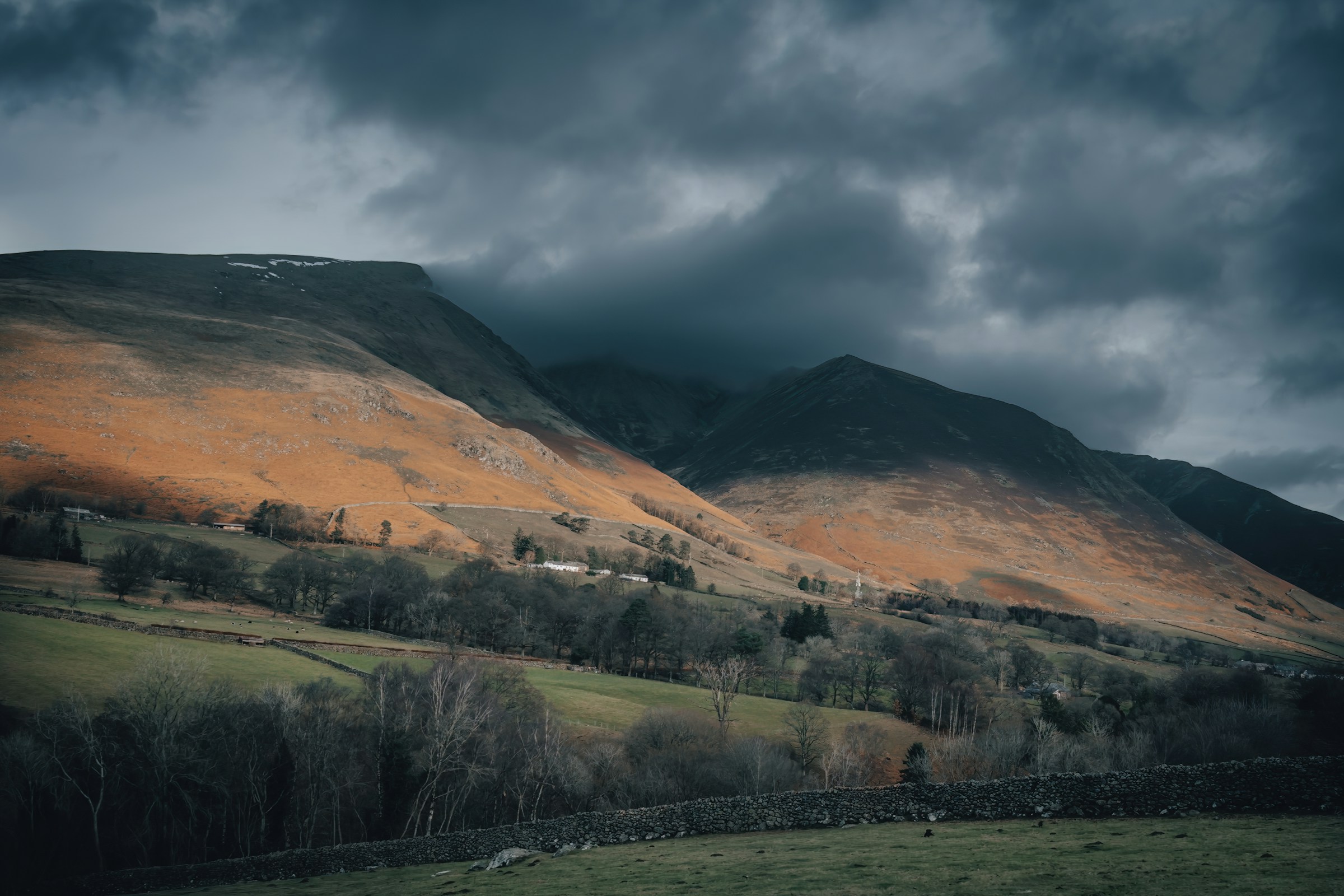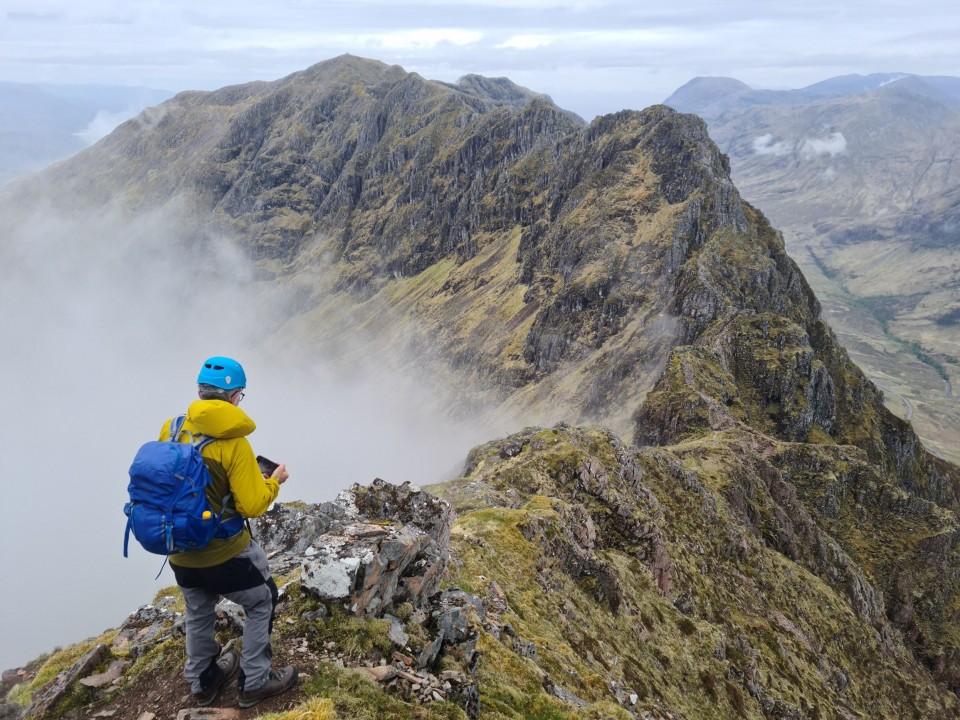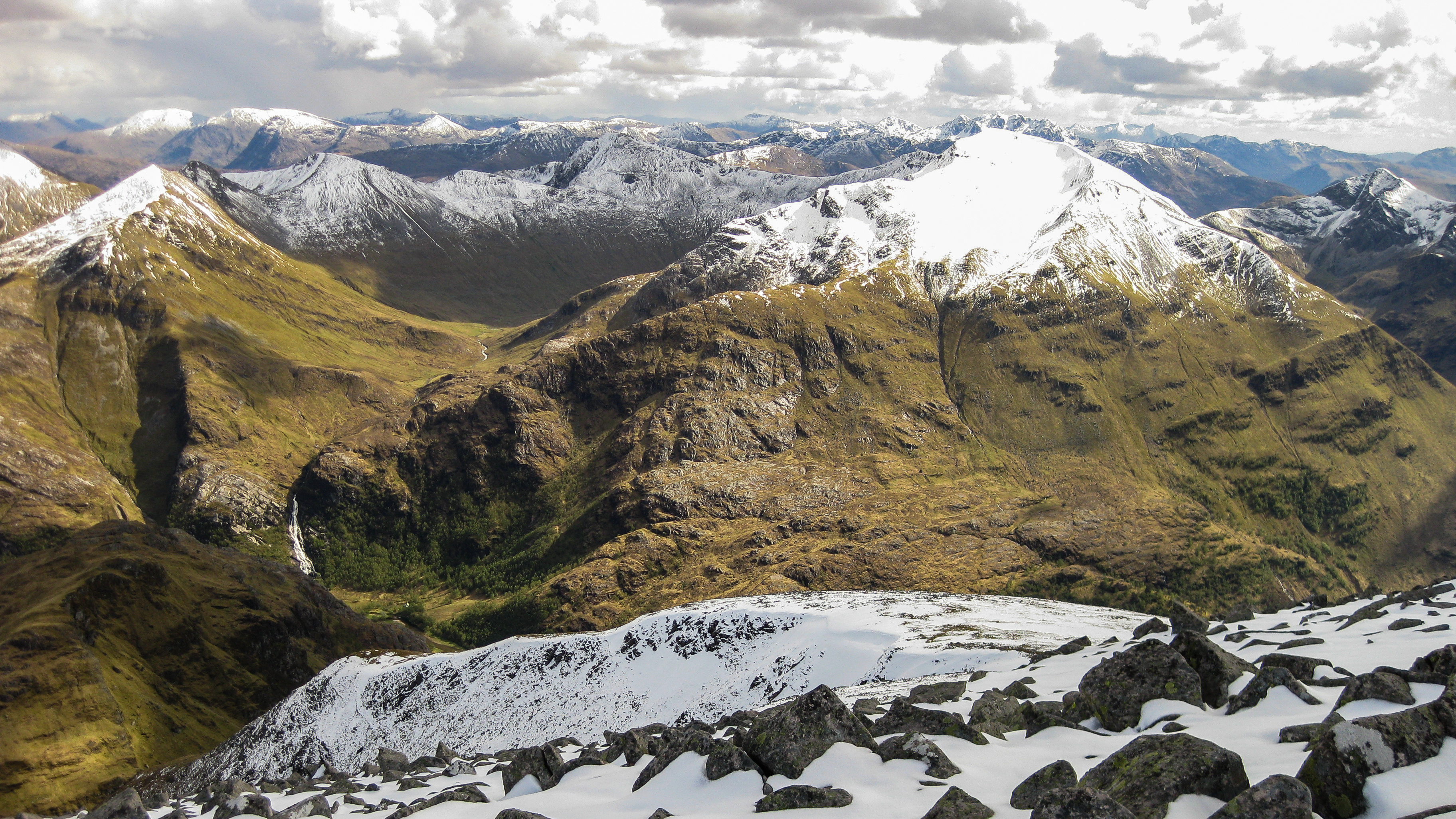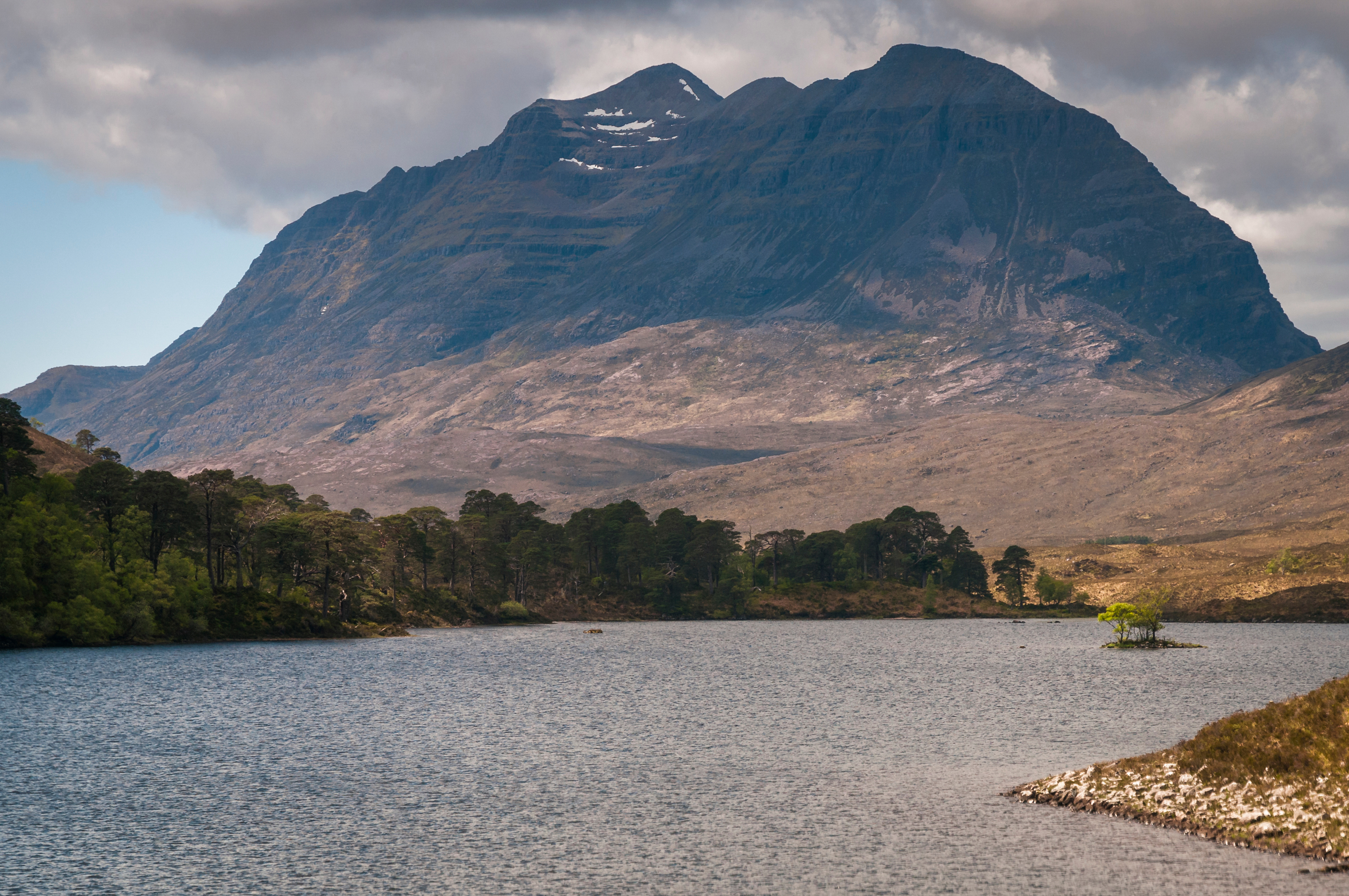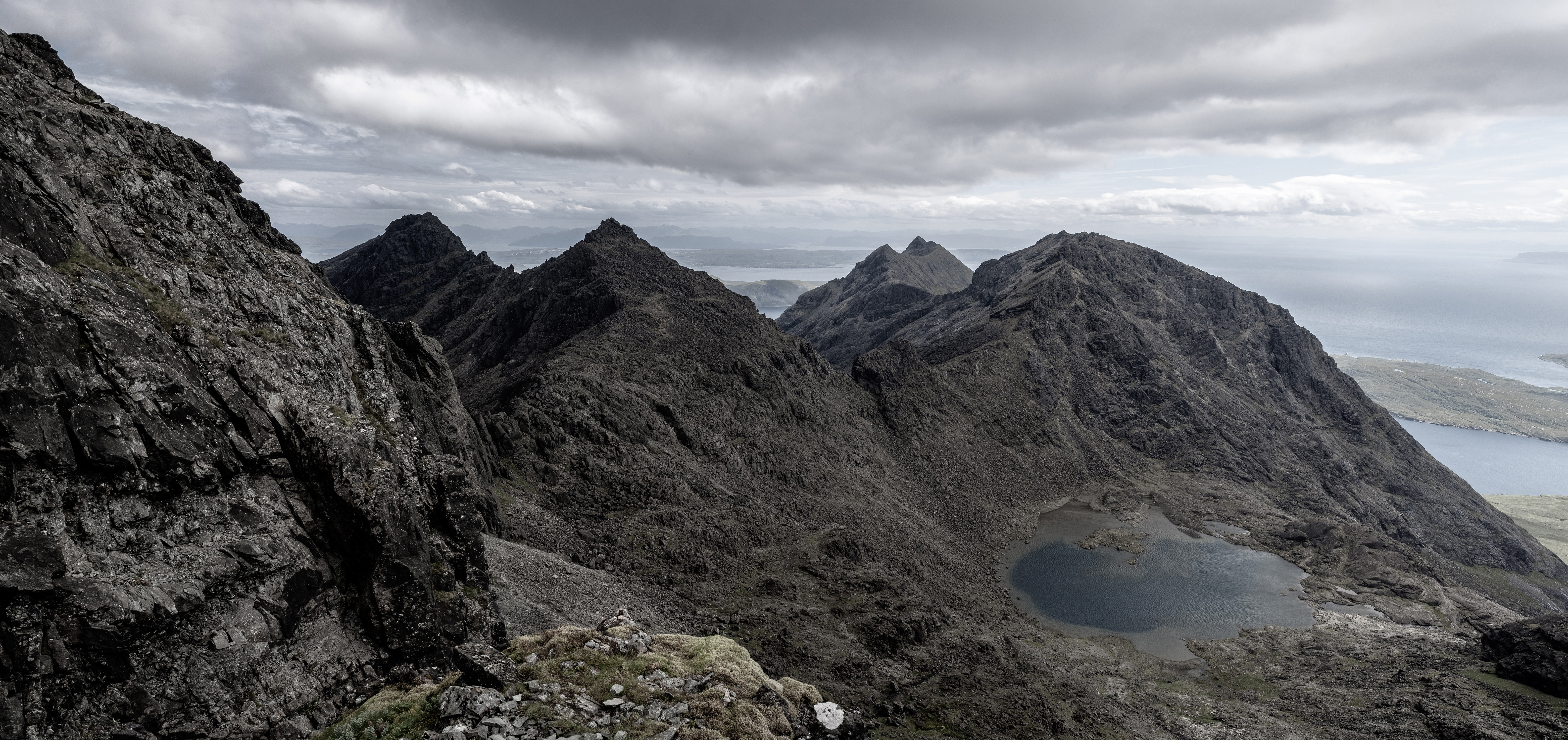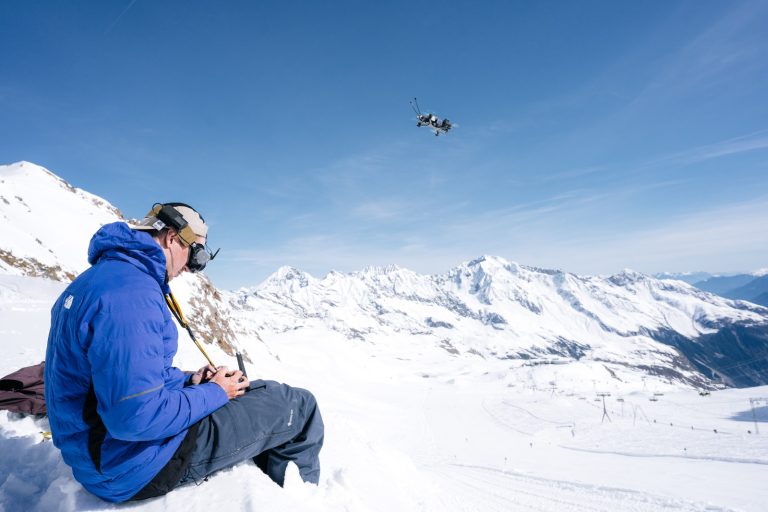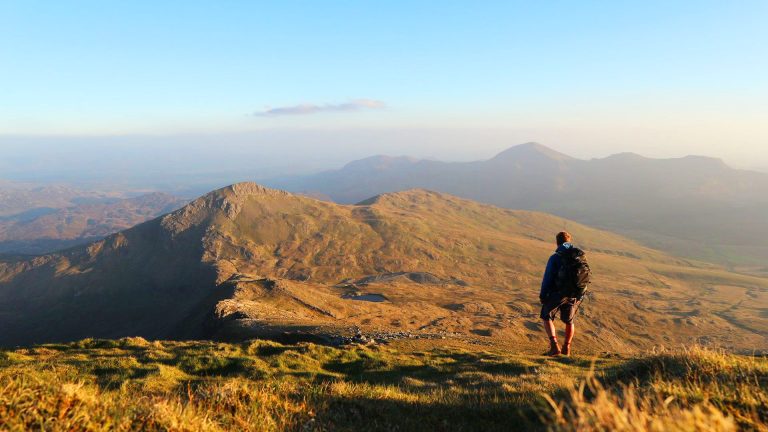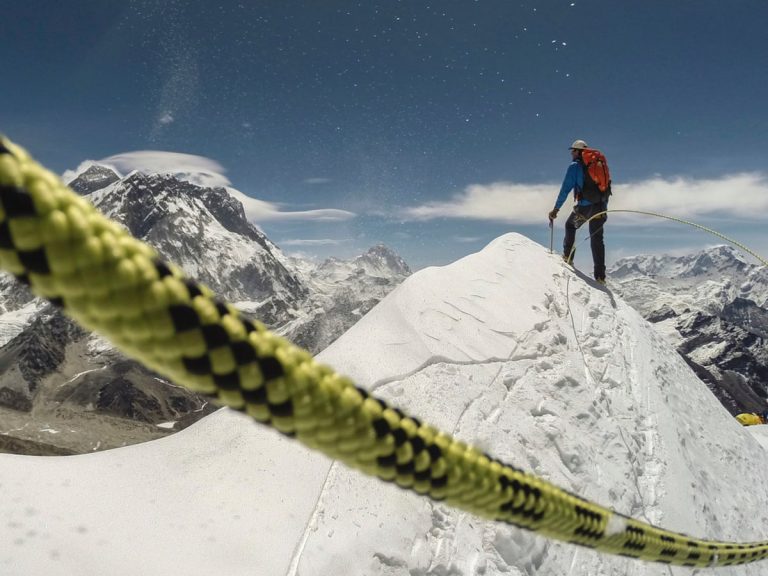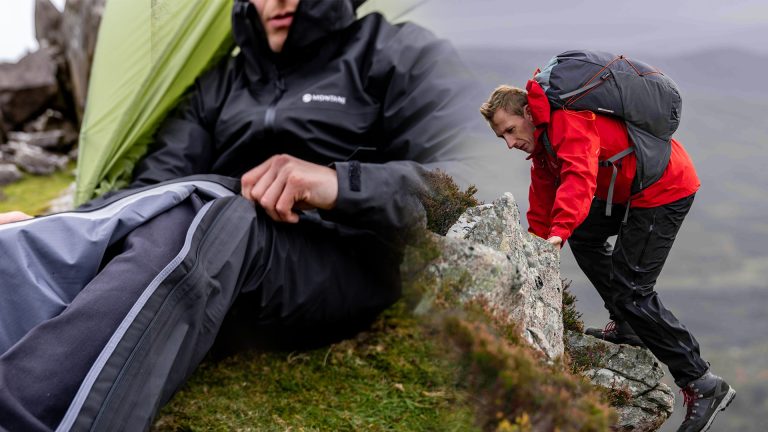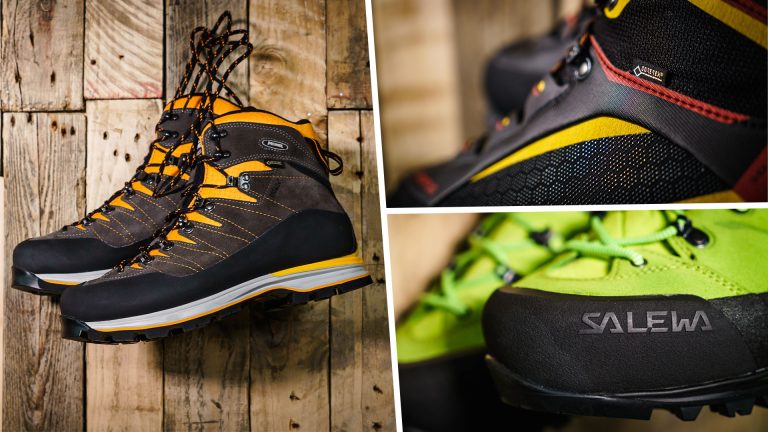Which mountaineer or hiker doesn’t love a good ridge? In his book ‘Scotland’s Mountain Ridges: Scrambling, Mountaineering and Climbing’, expert hill walker and mountaineer Dan Bailey writes:
“Threading a bristling gendarmed spine; inching around an extravagantly fluted cornice; balancing gracefully along a stone tightrope in the clouds – these are some of the finest things a climber can get up to.”
As humans, we love to live on the edge, and with most ridges, you literally are. It’s the feeling of pure exposure and opening yourself out to the elements that you can’t experience anywhere else.
It’s no coincidence that most of the top guidebook writers and outdoor journalists agree that ridges are the pinnacle for any UK mountaineer. It’s a chance to truly test your mountain skills.
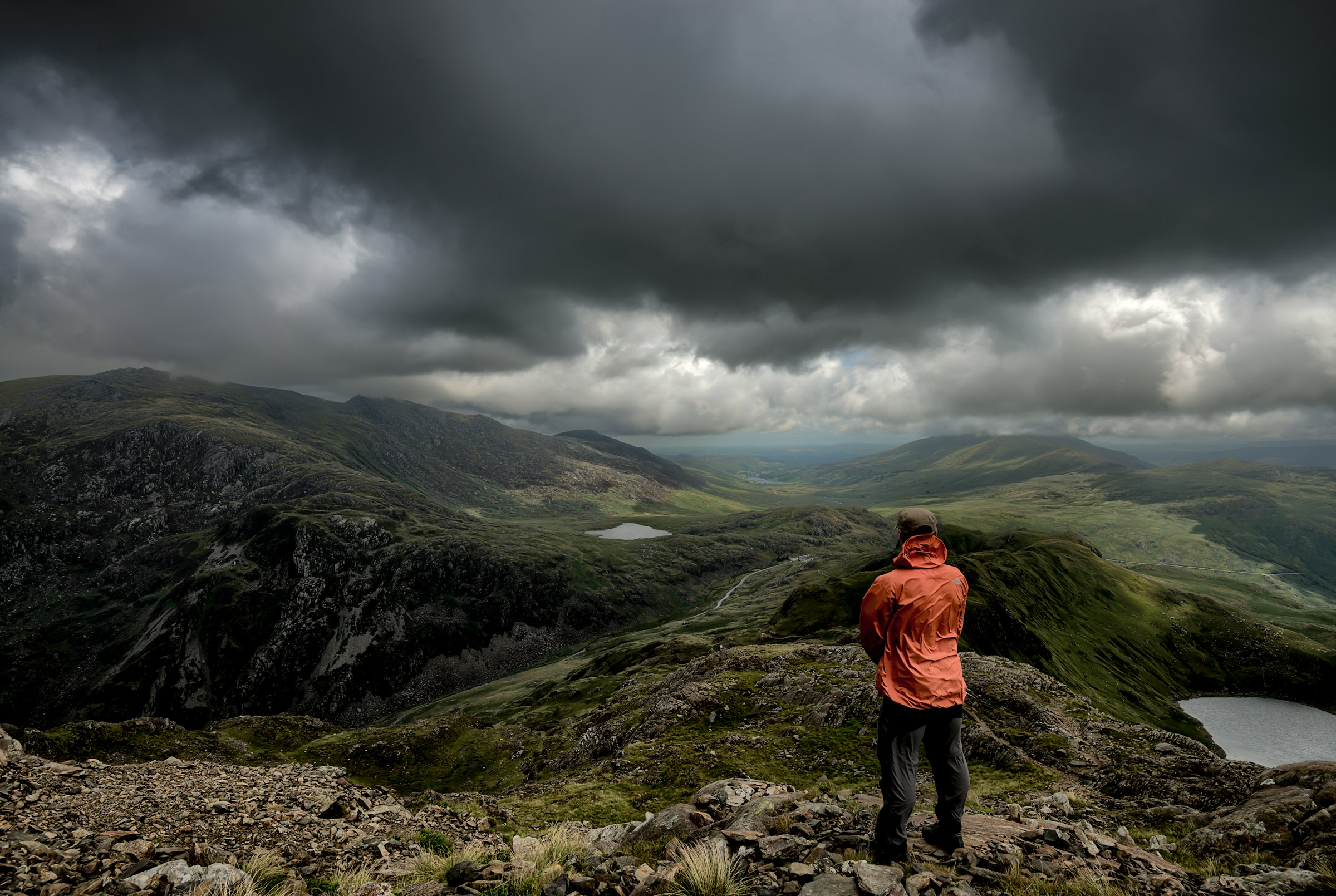
Luckily, we live on an island with some brilliant ridges and in this article we’ll take a look at a selection of some of the gnarliest ones out there.
The UK’s Best Mountain Ridges
The choice hasn’t been easy. Some have been shoe-ins like Crib Goch, the Aonach Eagach and the legendary Cuillin Ridge. Others like the Nantlle Ridge and the Pinnacle Ridge are more niche, but still a brilliant day out.
To navigate through all these epic ridges, take a look at the guides below. In no particular order…
- Crib Goch (Snowdon / Yr Wyddfa)
- Nantlle Ridge (Snowdonia / Eryri)
- Striding Edge (Helvellyn)
- Sharp Edge (Blencathra)
- Pinnacle Ridge (St Sunday Crag)
- Aonach Eagach Ridge (Glencoe)
- Carn Mor Dearg Arete (Ben Nevis)
- An Teallach (Highlands)
- Liathach (Torridon)
- Cuillin Ridge (Skye)

